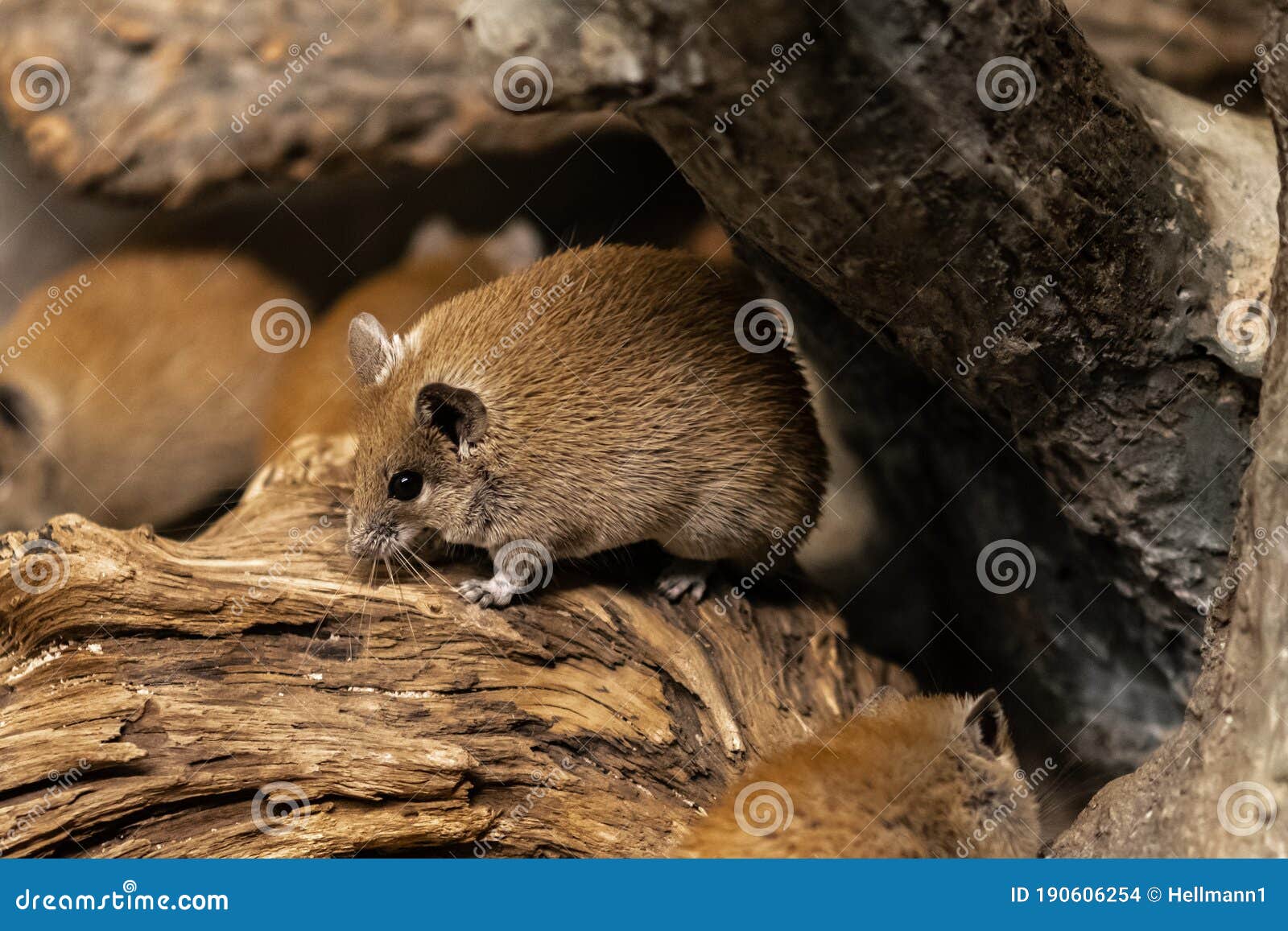

- #Two variates of rock pocket mouse how to#
- #Two variates of rock pocket mouse update#
Explain the presence of dark-colored mice at location A. Remember that “fitness” is defined by an organism’s ability to survive and produce offspring in its environment. Explain why a rock pocket mouse’s color influences its overall fitness. #Two variates of rock pocket mouse update#
Update the data (by clicking in each cell) with your counts for light fur and dark fur for each of the four illustrations. After you have activated your graph, the following icon should appear in the top right corner of your MS Word document:Ĭlick on it and it will open the Excel datasheet associated with the graph. This will make the graph active and editable via an Excel datasheet. To edit each graph, place your cursor in the center of the graph (the plot area) and double click.

You will need to update the values for each bar using your count data in the table above.

Each bar currently has the same value of 1 mouse. The two graphs below currently contain place holder data that you will need to update.
#Two variates of rock pocket mouse how to#
READ: Instructions on how to edit the graphs below with your data.
Complete the two bar graphs on the next page based on the data that shows the numbers of the mice at locations A and B through time. Also, record the count numbers for the four illustrations. In the blue shaded row record your predicted order of the illustrations from oldest to most recent (i.e., fourth oldest). Once you are satisfied that the order is correct, fill out the data table below using the counts you recorded for the illustrations. Using what you learned by watching the film, confirm or change the order in which you arranged the illustrations. Is there anything that confirms or contradicts the order in which you arranged the illustrations?. What explains the differences among the four illustrations?. What role does the rock pocket mouse play in the desert food web?. Does fur color provide any selective advantage or disadvantage?. Why are some mice light colored and some mice dark colored?. Watch the BioInteractive short film The Making of the Fittest: Natural Selection and Adaptation. Explain how you decided which illustration represents the most recent rock pocket mouse population and why you positioned the others in the order that you did. In the space below, record the numbers of the illustrations in the order you decided. Place the illustrations in what you think is the correct order from oldest to most recent. Column 1 for Illustration-1 has been completed for you as an example. View each of the four illustrations and count the number of light-colored and dark-colored mice present at each location at each moment in time. Each illustration shows the color variation at two different locations, A and B, at a particular moment in time. The four illustrations provided represent snapshots of rock pocket mouse populations. Be sure to scroll through the entire document)ĪLL RESPONSES/ANSWERS SHOULD BE YOUR OWN. The Making of the Fittest: Natural Selection and Adaptation video ( ). Four Rock Pocket Mouse Illustrations (files: ColorVariation-1, ColorVariation-2, ColorVariation-3, ColorVariation-4). 
These patches of dark-colored substrate are often separated by several kilometers of light- colored substrate. However, there are also patches of dark volcanic rocks that formed from cooling lava flows. Most of the desert is covered in light-colored sand and rock. There are also two major colors of substrate, or surface materials, that make up the desert floor. There are two common varieties of these mice - a light-colored variety and a dark-colored variety. You can find populations of rock pocket mice all over the Sonoran Desert in the southwestern United States. Rock pocket mice, however, have had an enormous impact on science. And at just 15 grams, this tiny mouse weighs about as much as a handful of paper clips. A typical rock pocket mouse is about 170 millimeters long from its nose to the end of its tail, shorter than an average pencil.








 0 kommentar(er)
0 kommentar(er)
